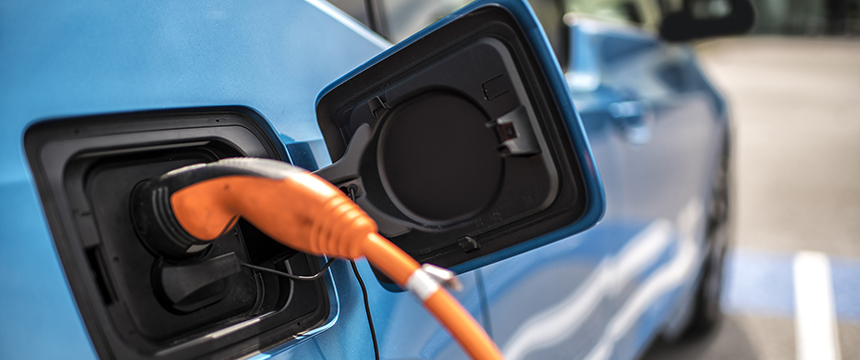China’s Overall Auto Sales Fell in Third Quarter, While Electric Vehicle Sales Boomed

The third quarter of 2021 has been a tough one for the auto industry. Ongoing chip shortages, labor shortages, high logistics costs, supply chain pressures, and fluctuating economies continue to place pressures on automotive companies.
China’s automotive sector felt the effects of these pressures in the third quarter this year. Although China remains 8.7% ahead of last year’s new car sales on a year-to-date basis, new car sales fell 13% compared to Q3 of 2020. September had the largest drop, with a 17% year-to-year drop in sales. GM and its China joint ventures delivered about 20% fewer vehicles in the third quarter this year versus last year. Fortunately, strong sales early in the year have kept GM ahead of last year on a year-to-date basis. However, other automakers had even steeper declines. Toyota’s sales fell by almost 36% in September, and Honda and Nissan reported 28% and 26% drops, respectively.
There were a few bright spots in the third quarter. New energy vehicles (NEV) sales grew 150% in September compared to last year. Electric vehicle makers also posted strong gains, with Nio doubling its electric vehicle sales in the third quarter. Tesla also posted its highest China sales since it opened its Shanghai gigafactory, with over 56,000 sales of Chinese made vehicles in September alone. Tesla posted 73.2% year-over-year sales growth for the third quarter, a significant jump in spite of the global chip shortage.
The China Association of Automobile Manufacturers projects demand will remain stable in the fourth quarter, and predicts the year will still end ahead of 2020’s sales numbers due to strong sales earlier in the year. However, it remains to be seen whether the industry can stop the 5 month slide of sales numbers through the remainder of the year.
